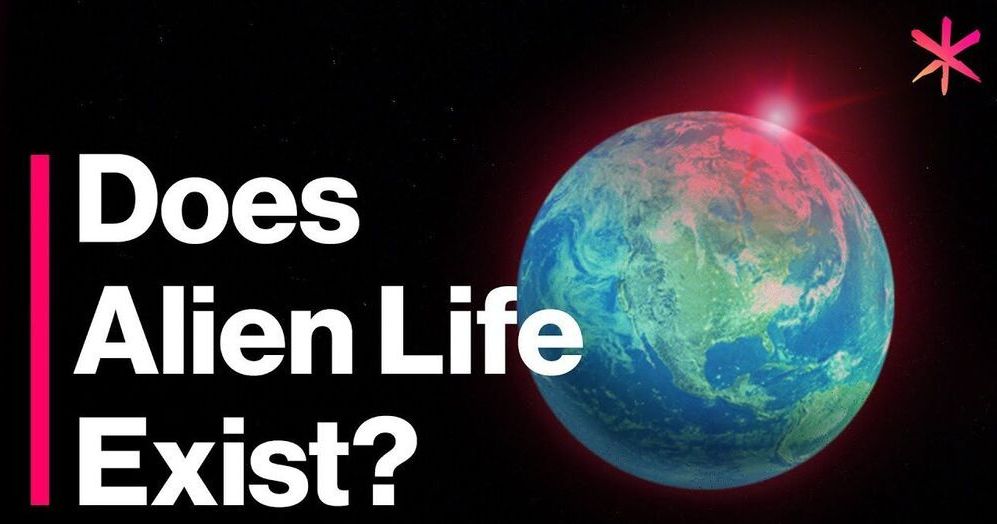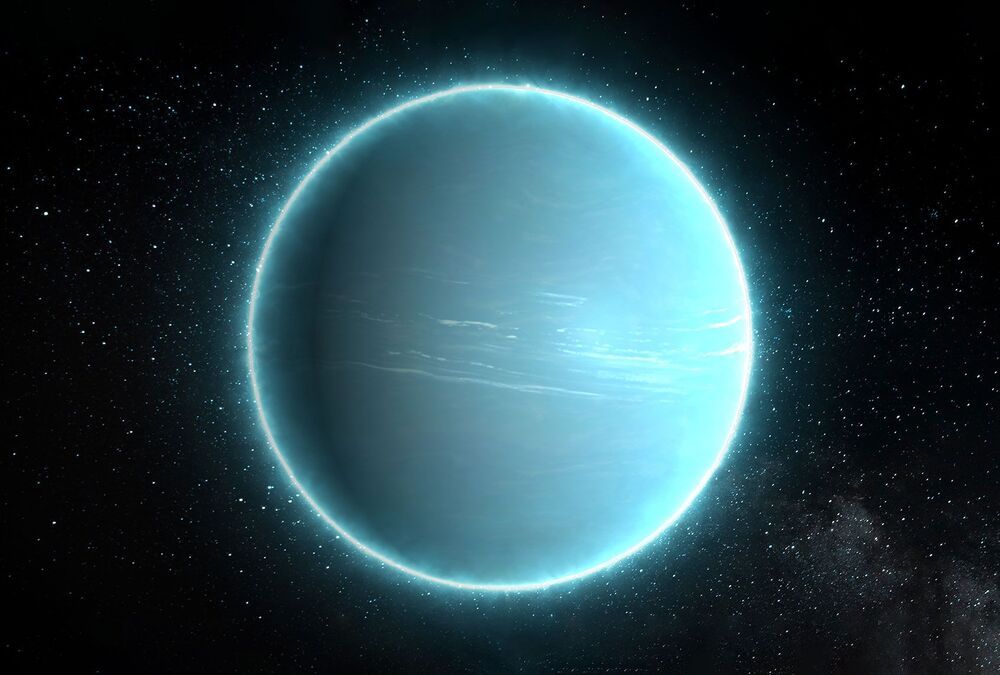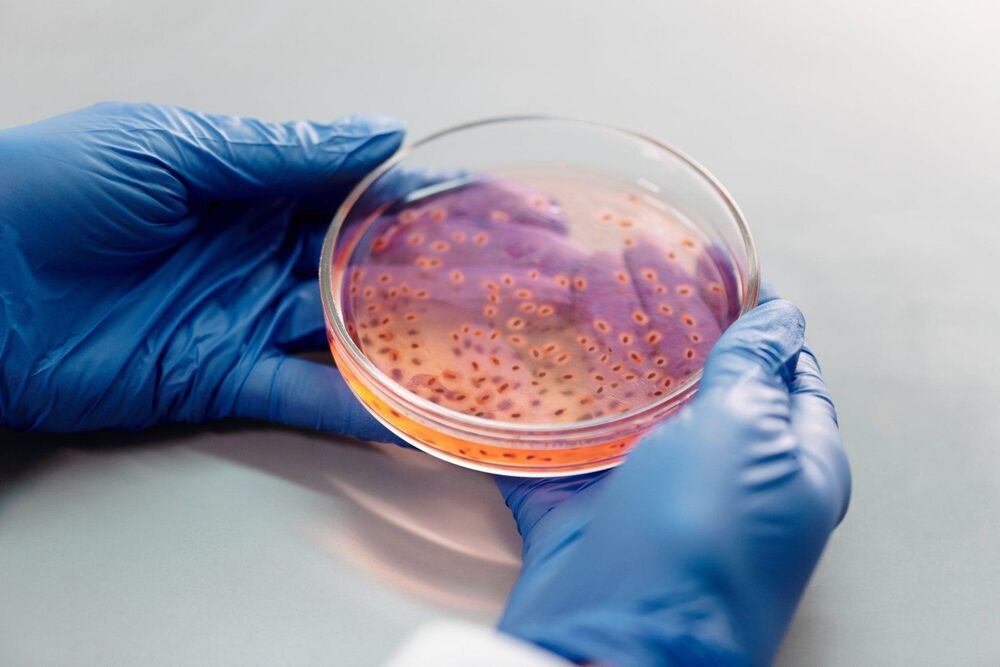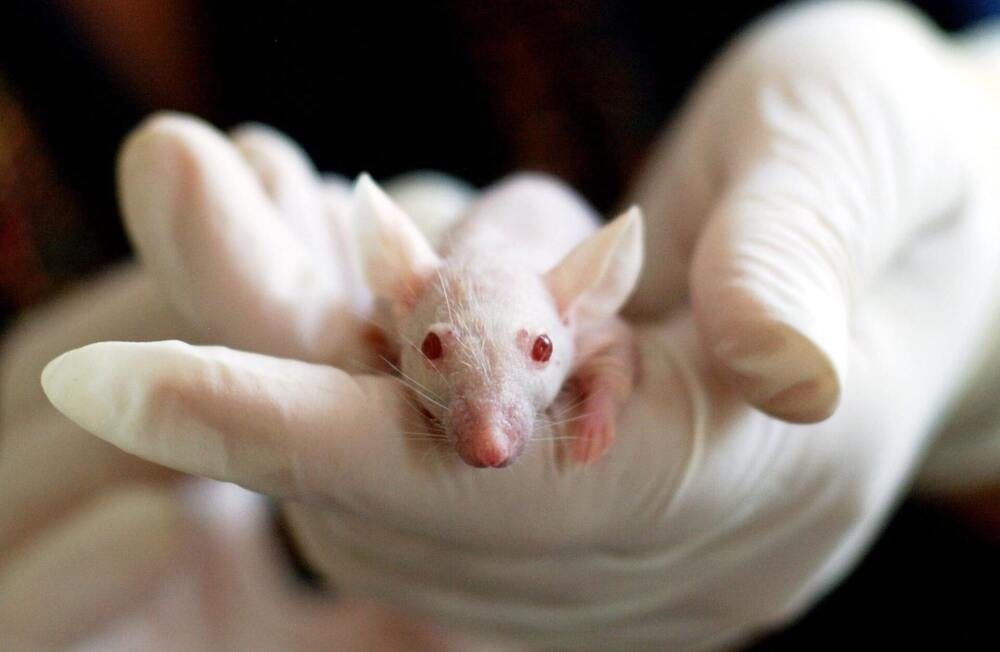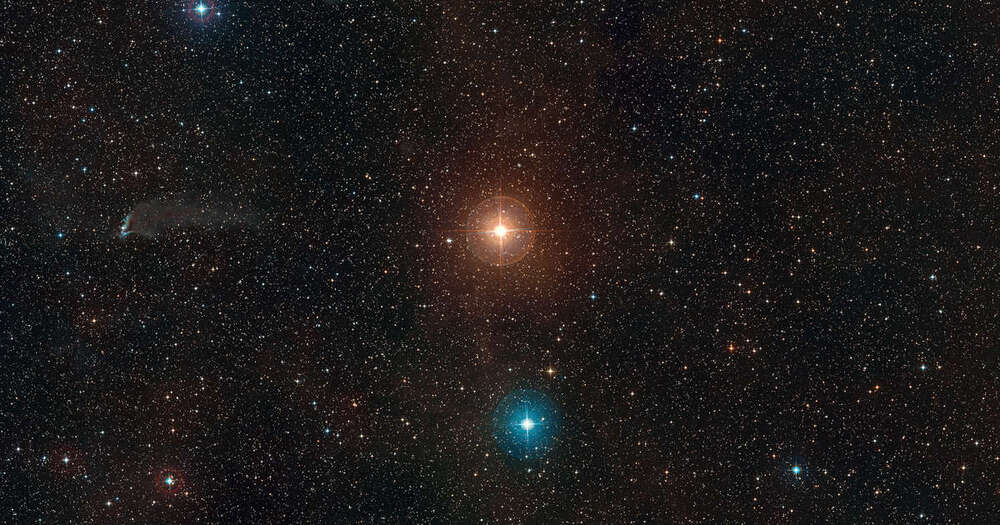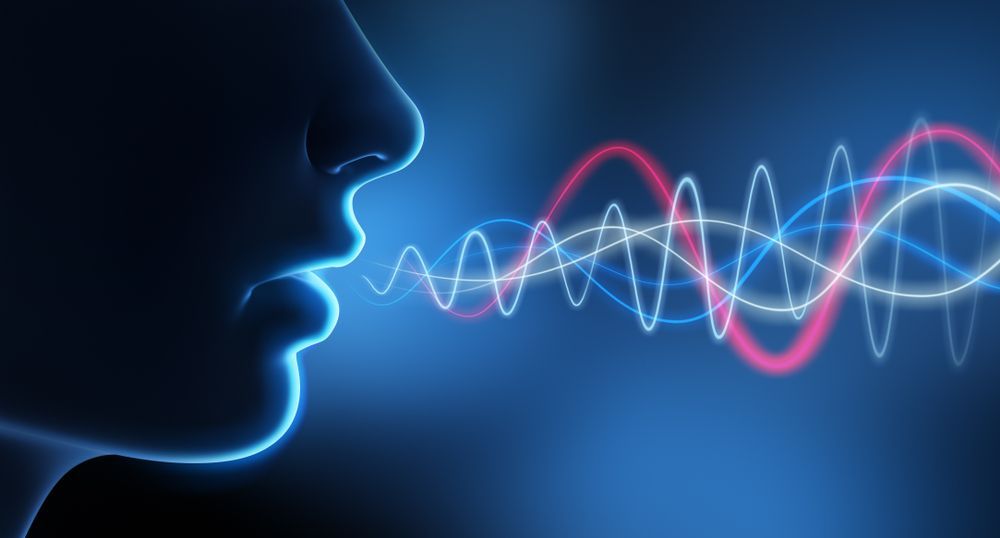May 21, 2021
Proxima Centauri b: Artificial Illumination as a Technosignature
Posted by Lawrence Klaes in categories: innovation, space
Our recent look at the possibility of technosignatures at Alpha Centauri is now supplemented with a new study on the detectability of artificial lights on Proxima Centauri b. The planet is in the habitable zone, roughly similar in mass to the Earth, and of course, it orbits the nearest star, making it a world we can hope to learn a great deal more about as new instruments come online. The James Webb Space Telescope is certainly one of these, but the new work also points to LUVOIR (Large UV/Optical/IR Surveyor), a multi-wavelength space-based observatory with possible launch in 2035.
Authors Elisa Tabor (Stanford University) and Avi Loeb (Harvard) point out that a (presumably) tidally locked planet with a permanent nightside would need artificial lighting to support a technological culture. As we saw in Brian Lacki’s presentation at Breakthrough Discuss (see Alpha Centauri and the Search for Technosignatures), coincident epochs for civilizations developing around neighboring stars are highly unlikely, making this the longest of longshots. On the other hand, a civilization arising elsewhere could be detectable through its artifacts on worlds it has chosen to study.
We learn by asking questions and looking at data. In this case, asking how we would detect artificial light on Proxima b involves factoring in the planet’s radius, which is on the order of 1.3 Earth radii (1.3 R⊕) as well as that of Proxima Centauri itself, which is 0.14 that of the Sun (0.14 R⊙). We also know the planet is in an 11 day orbit at 0.05 AU. Other factors influencing its lightcurve would be its albedo and orbital inclination. Tabor and Loeb use recent work on Proxima Centauri c’s inclination (citation below) to ballpark an orbital inclination for the inner world.

